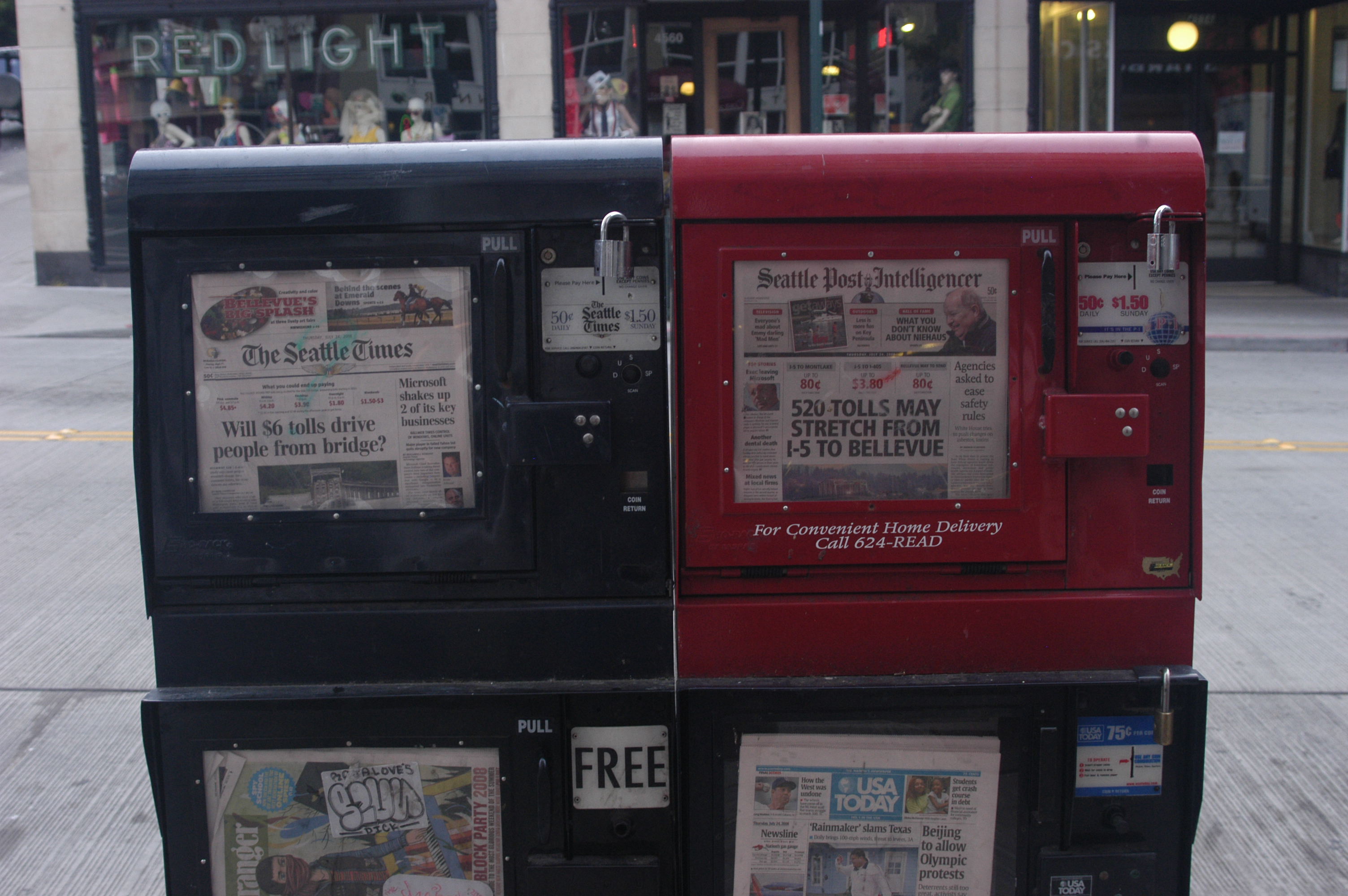July 25, 2008
Contact: Paul Strong (206) 851-8803
MEDIA ADVISORY for Saturday, July 26
“Camerahead Project”: Performance Art Takes on
Surveillance in Cal Anderson Park
Seattle art activists are producing “The Camerahead Project” in Cal Anderson Park on Capitol Hill on Saturday, July 26 from 10:00 a.m.-3:00 p.m. Part performance art, part photo documentary and part public activism, the project is a satirical response to the surveillance cameras being installed in Seattle parks.
The project will involve people in Camerahead costumes, with cameras for heads. They will be deployed throughout the park, taking photos of each other and of others who consent to have their photos taken. Several dozen volunteers will serve as “Camerahead agents.”
Members of the American Civil Liberties Union of Washington will distribute information about surveillance in public places and why the ACLU opposes the program of police surveillance cameras in Seattle parks. After this weekend, The Camerahead Project will seek to obtain the actual surveillance footage from city cameras as well.
“One of the biggest challenges facing us today is how to protect our personal rights of privacy. We are constantly being tracked, monitored, and recorded by government institutions and corporations. The project not only raises the questions of who is watching who and who is watching the watchers, but also asks questions of why we are being watched at all,” said Paul Strong, Jr., a Seattle artist who is coordinating and producing The Camerahead Project.
More information about the project is available at www.cameraheadproject.com.



















